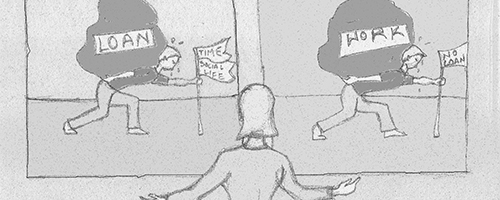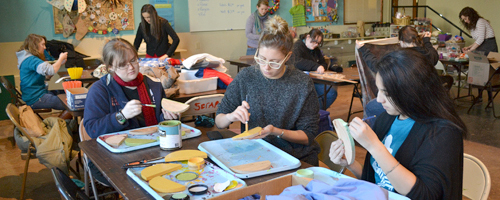PSU in the ’60s: ‘creative protest’
Portland State University is no stranger to peaceful and not-so-peaceful activism in the face of war abroad, according to adjunct speech communications professor Dorothy Hylton.
Hylton, who began her research into the history of activism at PSU when working on her doctoral dissertation, said the protests that occurred in opposition to the war in Vietnam and the bombing of Cambodia are echoed in today’s anti-war protests.
In Hylton’s view, Portland’s activist tradition is one of “nonviolent, creative protest.”
In May 1970, PSU students and faculty shut down the university in an act of protest. According to Hylton’s dissertation, “The strike issues number four: the shooting and deaths of the Kent State students, the re-escalation and expansion of the Vietnam War, the imprisonment of Black Panther Bobby Seale, and the shipment of nerve gas into Oregon.”
While then university President Gregory B. Wolfe declined the initial request made by students and faculty to close the university from May 6 through 8, students began barricading the city streets that ran through the Park Blocks from motorized vehicles (at the time the Park Blocks were not reserved as pedestrian walkways).
According to Hylton, the Kent State shootings shocked the PSU community. “Kent State and Portland State were like sister universities at the time,” she said.
While students had been active in their opposition to the war on campus before Kent State – most notably in 1968 during demonstrations meant at halting military recruiting on campus – by 1970, the stakes had been raised for those students actively protesting the war.
By May 7, Wolfe closed PSU, and the PSU strike was on.
Oregon Gov. Tom McCall telegrammed Wolfe, informing him that McCall expected the university to be reopened by May 11.
During the strike, Wolfe declared a state of limited emergency, and a pirate radio station, “Radio Free Portland,” broadcasting near or on campus was shut down by the Federal Communications Commission.
On May 11, the university was reopened, but activities in the Park Blocks persisted, including a medical tent that was erected to see to the needs of those injured during the strike.
That evening, city of Portland parks Commissioner Francis Ivancie, who believed the permit for the tent to be invalid, worked with the mayor’s office and Portland Police Chief Donald McNamara, who ultimately ordered the Portland Police Tac Squad to move upon the tent in a “wedge formation.”
The resulting confrontation led to more than 30 injuries, including those of four police.
Documented at the time by the Vanguard and the student film The Seventh Day , the City of Portland’s response to the strike spurred an even larger demonstration, as some 3,000 to 5,000 Portlanders marched to City Hall to protest the action.
Hylton explained that after May 11, many students who originally opposed the strike marched to voice their opposition to the way it was handled.
While opposition to the war was a position held by many students and faculty members at PSU in the ’60s and ’70s, it was not unanimous.
Those students who agreed with the Vietnam War sometimes made their voices heard through demonstrations, but as Hylton describes, “It wasn’t so much pro-war as it was anti-anti-war.”




